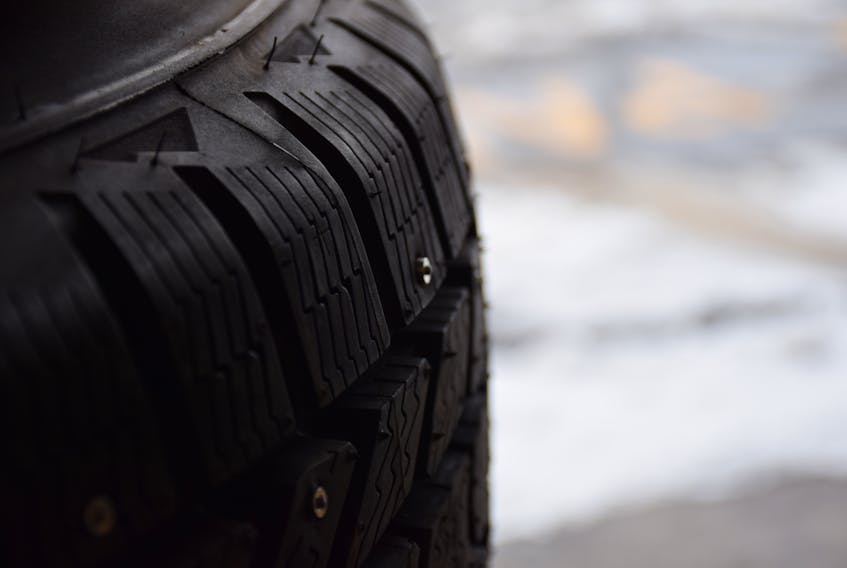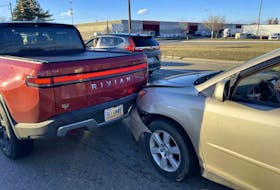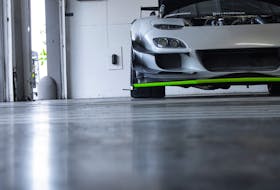We’ve been through the shift from rear to front-wheel drive. Now we are seeing all-wheel drive (AWD) come into prominence. Or is it four-wheel drive (4WD)? What is the difference between the two?
The simple answer is that AWD systems have the ability to put power to all four wheels — either all of the time or only when needed. Most current generation AWD systems remain in two-wheel drive to save fuel, when extra traction is not required. They can switch to sending power to the other pair of wheels upon demand.
Four-wheel-drive systems generally send power to two wheels until the driver activates a system that diverts some power to the other pair of wheels. Most have what is called a transfer case, which provides an extra low gear for severe conditions. These systems can also be called 4x4.
All-wheel drive
AWD is, by far, the most dominant system. It has come into prominence through the use of sensors and modern electronics. AWD systems have the ability to switch back and forth from two to four drive wheels instantly. The manner and speed with which they do so varies greatly from manufacturers to manufacturer, or more accurately, from supplier to supplier.
The basic setup is the ability to monitor wheel speed at each end of the vehicle. If the system detects any variation in wheel speed from one end or axle to another, it can bring into play the other pair of wheels. For example, if a powered front wheel loses grip on a slippery surface and starts to spin, it will be detected as rotating faster than the others. The electronic control unit will immediately send power to the rear wheels.
The amount of engineering and electronics involved varies greatly. Some older systems, commonly referred to as “slip-and-grip” are slower to convert from two to all-wheel-drive. At the other extreme, we have manufacturers who claim their system can detect such situations in advance and have all four wheels driven in preparation. Generally speaking, the difference is slight, but noticeable.
Four-wheel drive
Four-wheel drive systems are generally more robust and found on larger vehicles, where towing or lugging heavy loads is common. They are generally rear-wheel drive vehicles with the addition of a second driveshaft to send power to the front wheels. The most common platforms are large SUVs and pickup trucks. This also includes vehicles designed for severe off-road work like Jeeps and Land Rovers.
These 4WD applications employ the use of a transfer case, commonly containing an extra gear set. This gear provides torque multiplication in every transmission gear. This typically doubles the engine speed at any vehicle speed, boosting the amount of torque or power at these lower speeds. Most 4WD systems require driver input i.e. the driver has to push a button or move a lever to engage the second set of wheels. The choices are two-wheel-drive, four-wheel-drive and four-wheel low range.
System similarities
The latest development in any of these systems, AWD or 4WD is the ability to monitor each individual wheel. If sensors detect wheel spin, the system can apply the brakes to that individual wheel and divert power to another wheel or wheels with more grip. The basic form of these late-generation systems can send divert power from one side to the other. The more elaborate systems can send it to any of the four wheels, front or rear. They can lock the system front to rear and/or side to side, providing a direct mechanical link between wheels. It is thus possible to move when only one wheel has any traction.
Either system with a set of four quality winter tires can make a vehicle almost invincible in winter conditions. But — don’t forget, none of them help when it comes time to turn, slow or stop. That euphoria you feel when getting under way on a slippery surface can quickly turn to panic when you arrive at a corner too quickly or try to stop.
The Society of Automotive Engineers (SAE) says there is no such thing as four-wheel drive or 4WD. SAE standard J1952, says:
All-wheel drive: “A conventional all-wheel drive system consists of a means to distribute torque to all axles of a vehicle. Based on desired performance, traction and handling characteristics, there are different types of systems to achieve these ends. These all-wheel drive systems include 4X4. There are three basic types of systems defined below, but hybrid combinations of these systems may also be used.”
Part-time all-wheel-drive: In a part-time all-wheel drive system, driver intervention is required to rigidly couple primary and secondary axle
Full-time all-wheel drive: In a full-time all-wheel drive system front and rear axles are driven at all times through a center differential.
ON-demand all-wheel drive: In an on-demand all-wheel drive system, the secondary drive axle is driven by an active or passive coupling device.
RELATED:









